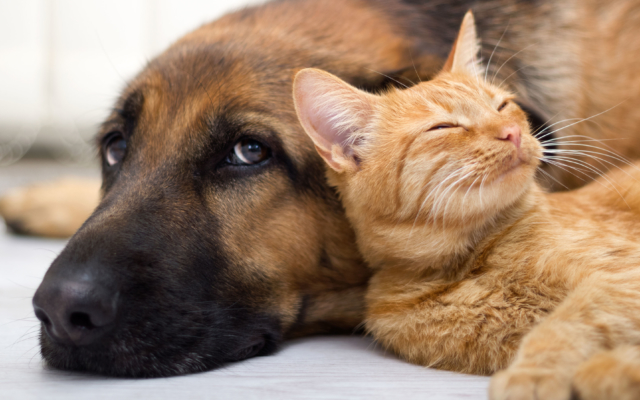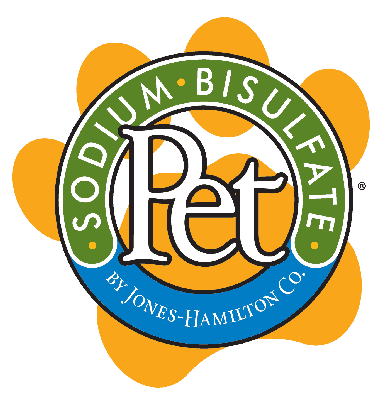Chemical Classification of SBS Pet™
SBS Pet™ is a dry granular acid that easily dissolves in water. It dissociates into sodium ions, hydrogen ions and sulfate ions.
Chemical formula of SBS Pet™NaHSO4→Na+ + H+ + SO4-2
In 1997, sodium bisulfate was approved for use in animal feed. It is classified as a general-purpose feed additive under the Association of American Feed Control Officials’ (AAFCO) Feed Ingredient Definition. It is considered non-hazardous by DOT, therefore not regulated. OSHA identifies it as an irritant and the NFPA hazard rating is 1-0-1. It’s dry, granular state means that, if spilled it can be swept up, eliminating the environmental headaches associated with liquid acids.
Understanding Acid Strength: A Comparison
Acid strength is denoted by pKa value (Figure 1). The lower the pKa value the stronger the acid. For pH applications below 3.6, less SBS Pet™ is required to lower pH than most commonly used acids, including phosphoric acid, which reduces cost in pet food, treats, slurry or any low pH application.
Acid Strength5 |
|
| Acid | pKa Value |
| Sodium Bisulfate | 1.99 |
| SAPP | 2.10 |
| Phosphoric Acid | 2.16 |
| Citric Acid | 3.14 |
| Acetic Acid | 4.75 |
| Propionic Acid | 4.87 |
For most applications, sodium bisulfate can replace 75% phosphoric acid on a pound for pound basis. Since sodium bisulfate is less expensive than phosphoric acid, its use will yield savings immediately.
Certifications
- FDA approved for use in animal feed in 1997
- AAFCO Feed Ingredient Definition: General Purpose Food Additive Table #87.5
- CVM (Center for Veterinary Medicine):
- Accepted for use in pet food as an acidulant at levels consistent with good manufacturing practices, March 1999.
- Acceptable ingredient in cat foods seeking to make urinary health tract claims.
- Justified on a Nutritional Basis.
- Manufactured under GFSI FSSC 22000
- Formal HACCP program in place
- U.S. Patent 5,773,063
How to take advantage of the numerous benefits of SBS Pet™ in your plant
Technical support and training are a part of any SBS Pet™ order. Whether you’re currently not using an acidifier in your plant or are using a liquid acid, our team of experts know the best path forward.
We’ve helped countless end users incorporate sodium bisulfate in their plants and manufacturing processes. Our team can provide the technical service, training and support necessary to ensure pet food customers use SBS safely and effectively.
Understand and realize all the benefits of SBS Pet™. Contact us to discuss your situation and how SBS can add value to your product while complementing your manufacturing process.


